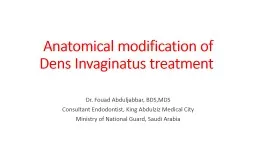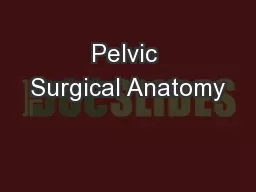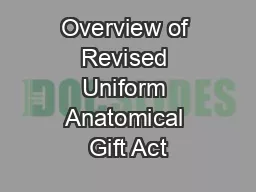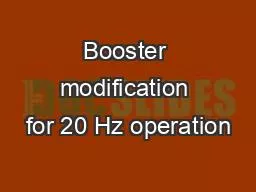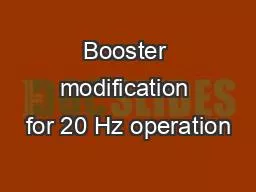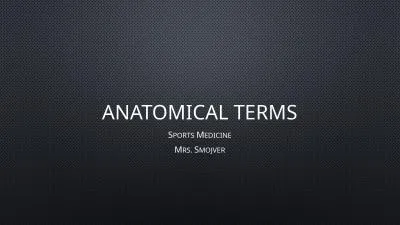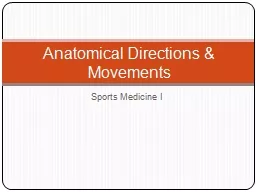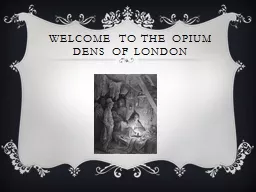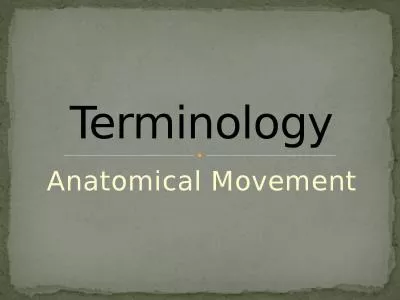PPT-Anatomical modification of Dens
Author : lindy-dunigan | Published Date : 2017-04-09
I nvaginatus treatment Dr Fouad Abduljabbar BDSMDS Consultant Endodontist King Abdulziz Medical City Ministry of National Guard Saudi Arabia Outlines Defintion
Presentation Embed Code
Download Presentation
Download Presentation The PPT/PDF document "Anatomical modification of Dens" is the property of its rightful owner. Permission is granted to download and print the materials on this website for personal, non-commercial use only, and to display it on your personal computer provided you do not modify the materials and that you retain all copyright notices contained in the materials. By downloading content from our website, you accept the terms of this agreement.
Anatomical modification of Dens: Transcript
Download Rules Of Document
"Anatomical modification of Dens"The content belongs to its owner. You may download and print it for personal use, without modification, and keep all copyright notices. By downloading, you agree to these terms.
Related Documents

